A studio and complex lighting setup are by no means required ingredients for a successful portrait shoot. In fact, you don’t need either one. Well, you do need light but that light source can be a window and any room in your house can serve as a studio. Why would you want to shoot portraits this way? Maybe you prefer the look, maybe the weather isn’t fit for an outdoor session, maybe you have no intention of buying all the gear the pros use for studio shoots. The reason doesn’t really matter — if you want to learn more about shooting portraits with available light, keep reading for a few helpful tips.
Locate Your Light Source, Assess Quantity And Quality
For the scope of this discussion, we’ll just stick with a window as the primary source of light. Everyone’s got a window. Bigger windows are better because they let in more light. In addition to the quantity of light you’ll need to determine the quality of the light. Window light is generally soft, but exactly how soft it is can change throughout the course of the day. There’s really no wrong time of day to use window light; it’s a good idea to spend a few moments in the room where you will be shooting just observing the light and visualizing how you to use it to illuminate your subject.
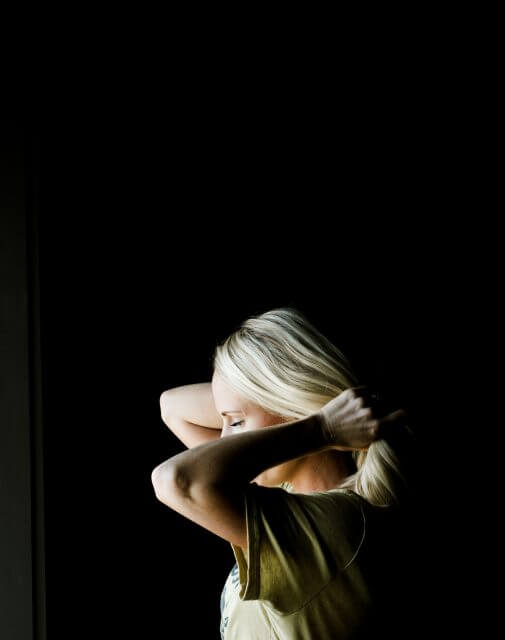
If You Need To Enhance Or Modify The Light, Use A Reflector
If you’re really taking a bare-bones approach to a portrait shoot and you don’t have a reflector with you, look for one in the working environment. There’s a good chance you will have a bare white wall or door available. You might even make use of a white cloth of some kind. Better still, a mirror. Just because you’re not using standard studio equipment doesn’t mean you’re out of luck when you need to bounce some light onto your model. You’ll simply need to be extra creative and resourceful.
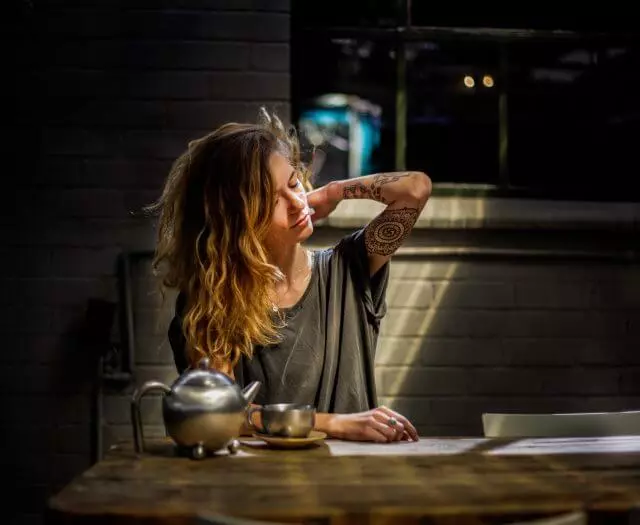
If You Still Need More Light, Flip A Switch
If for any reason you’re not getting enough light coming in through the window, turn on an indoor light. These aren’t typically very bright but it may very well be enough to bring the overall lighting level up to your needs. The problem with this tactic is that it will cause a clash of color temperatures: daylight blue versus the tungsten orange. It’s certainly not the end of the world — or your photo shoot — but it is something you will have to deal with. One option is to balance out the color temperature in post. You’ll make things much easier on yourself if you’re shooting raw. It’s not a particularly complicated procedure, but you will have to spend a few minutes on it. Fortunately, virtually all of the image editors currently available do quite a good job at working through the mixed lighting problem.
The more practical solution, perhaps, is to simply convert to black and white. Want a more artsy solution? Keep the mixed lighting as a unique feature of your images.
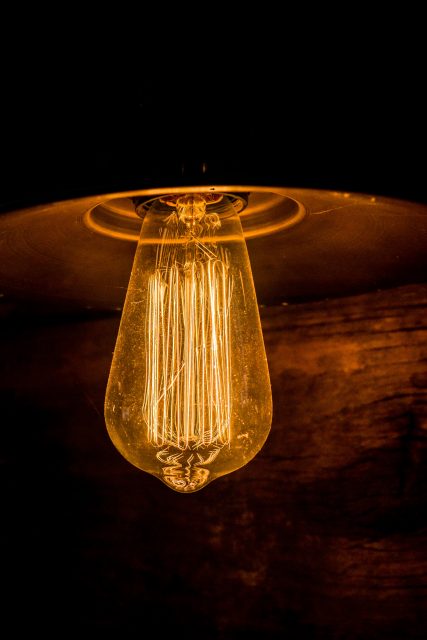
Play With Directionality
You can’t control the direction of the light itself, but you can choose where you place your subject and whether you shoot against or into the light. Shooting into the light, with your model between you and the window, will create a moody vibe with dramatic shadows (if not a full silhouette). Shooting with light, with your model opposite both you and the window, will create a softer, more classic looking portrait. Additionally, try posing your models at various angles in relation to the main light source. You can experiment your way to an incredible portrait.
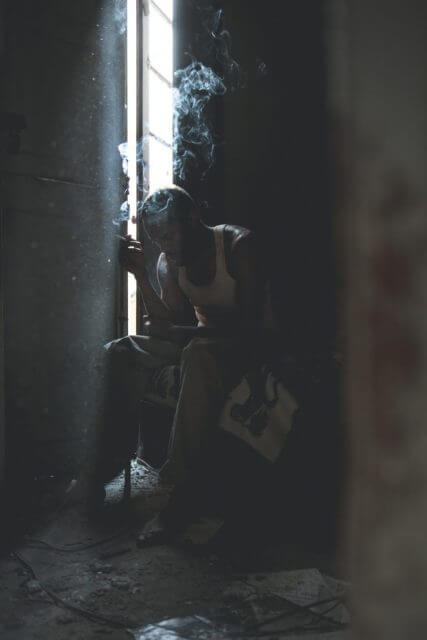
Final Thoughts On Available Light Portraiture
Available light portraits can be every bit as captivating as those made with strobe lighting — it’s just a different look. While you do forgo the potential hassle of having to manage a lighting setup, using available light still requires great attention to detail and a strong understanding of the light you intend to work with. Once you’re able to read the light, the only barrier between you and a beautiful portrait is your imagination.

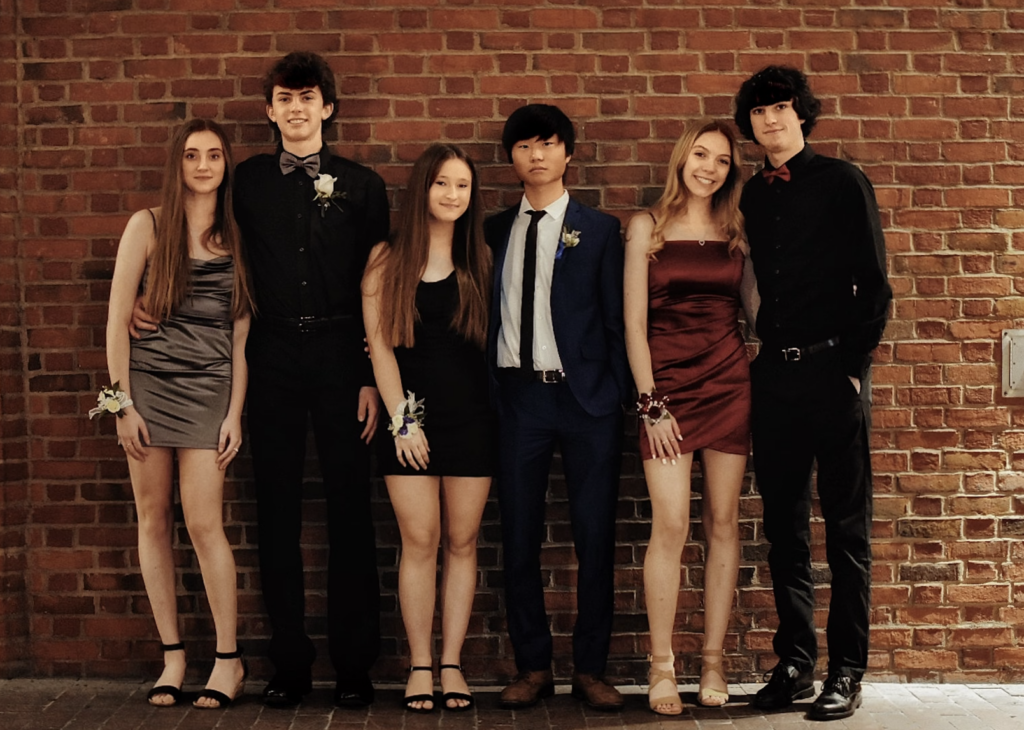
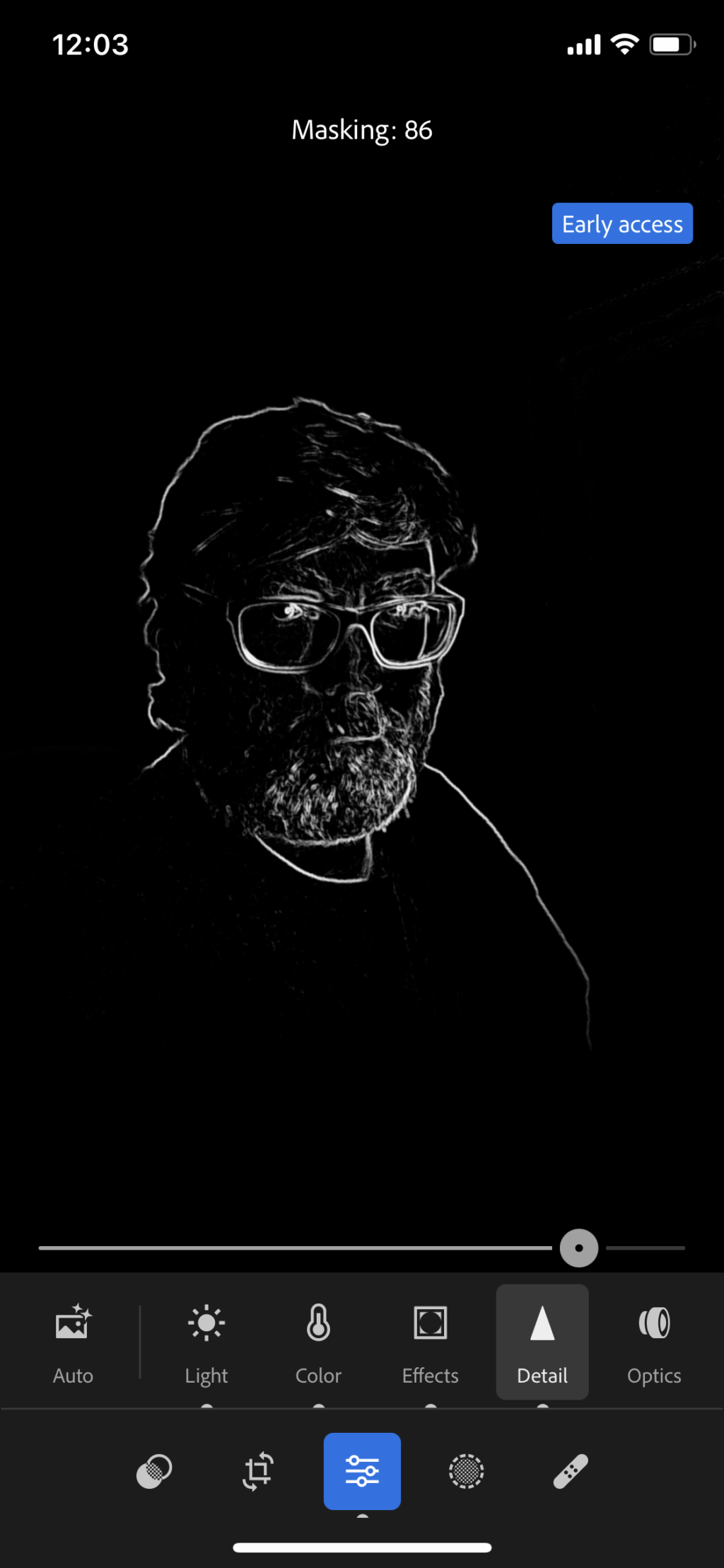
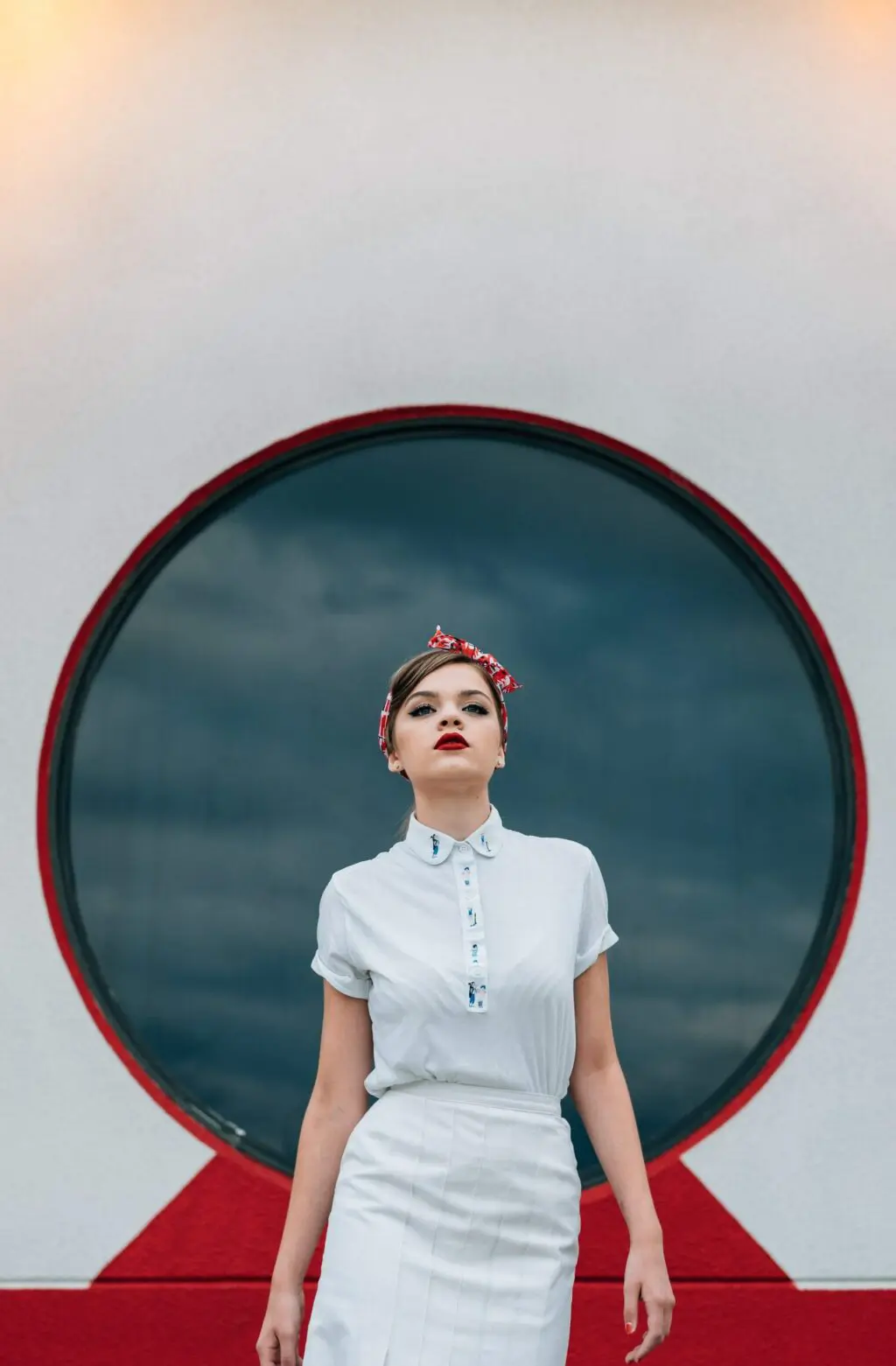
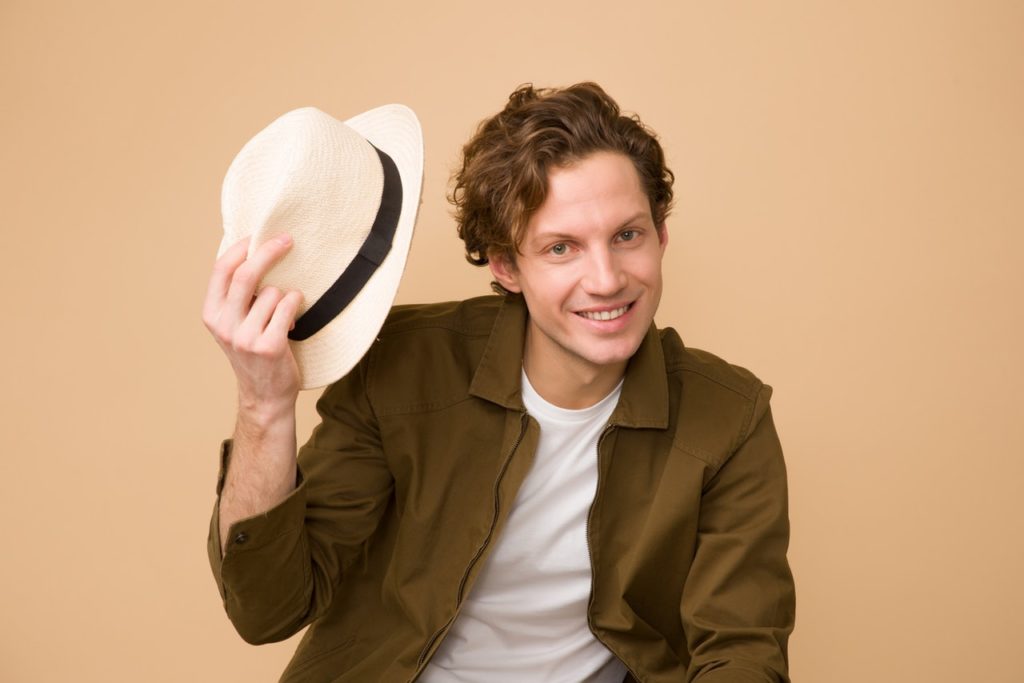
3 Comments
Love this article, Jason – thanks for taking the time to share this. I’ve got plenty of artificial light devices – flash, floods, etc – but I’ve been addicted to natural light photography all my life, and much prefer working with it whenever possible.
After all, photography IS the study of light!
la verdad yo compraba muchos libros de fotografia pero ahora ya jubilado el dinero no me alcanza y esto que hacen de regalar los libros es algo grandioso muchas gracias por favor todo lo que tengan para aprender fotografia sera bien recibido gracias
Yeah me too ,share a preference for natural light,but will shoot using other lighting sources too.preferably flash lighting